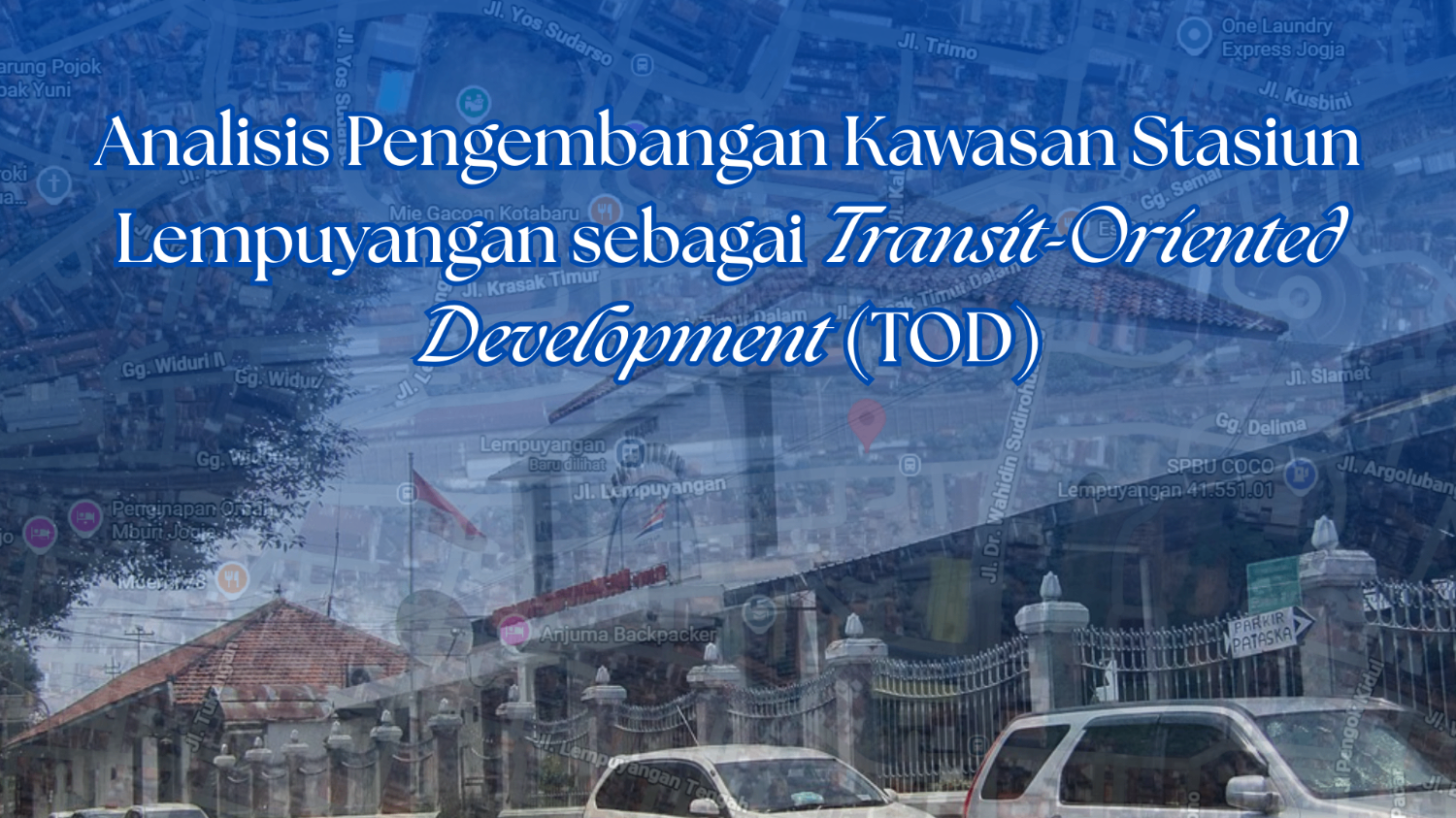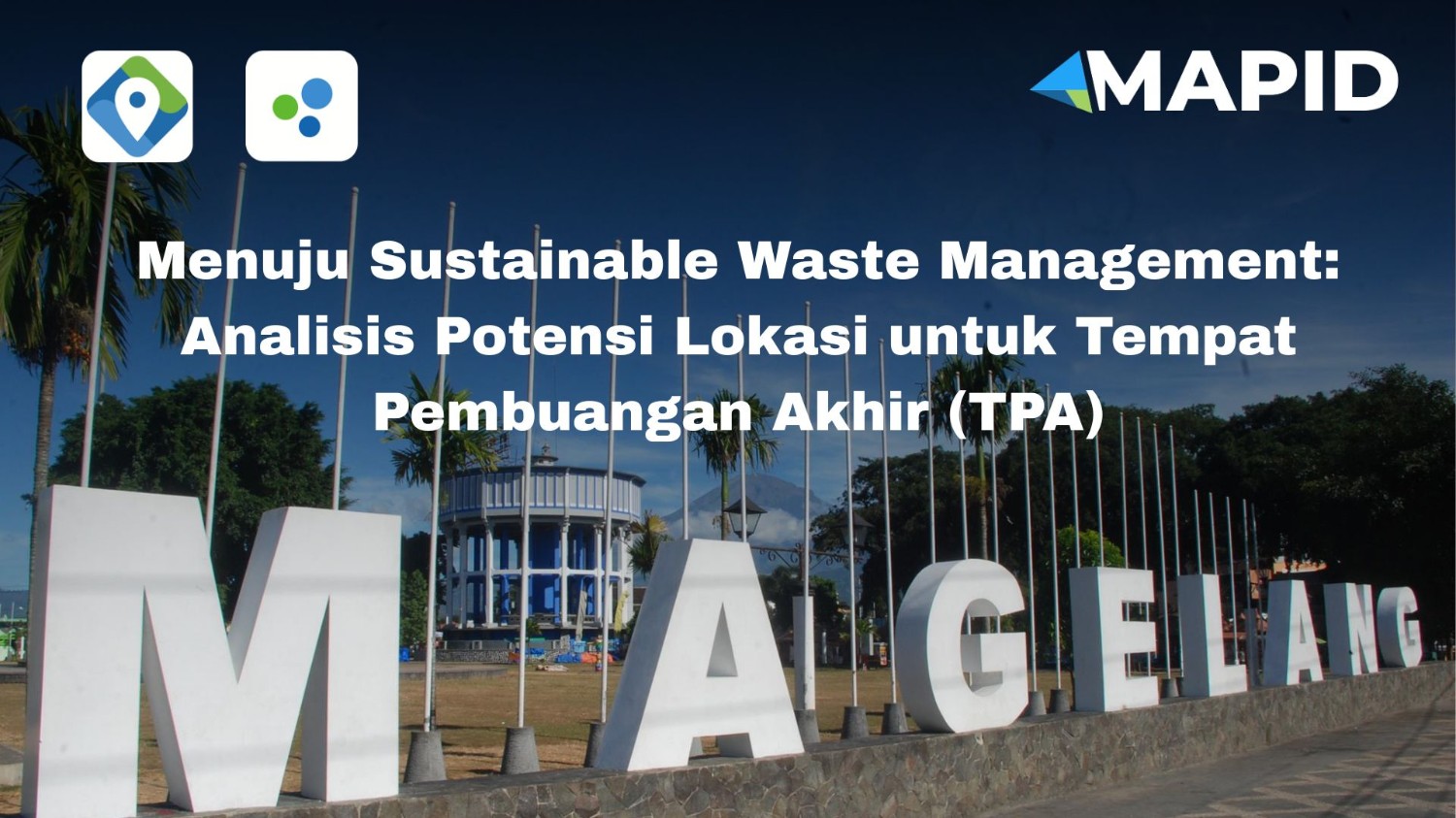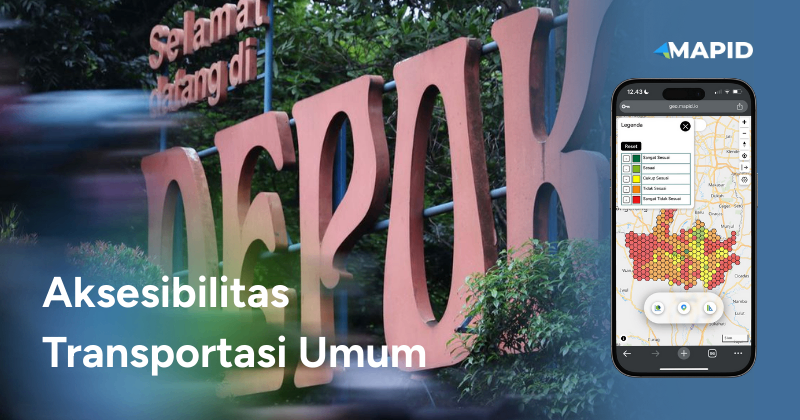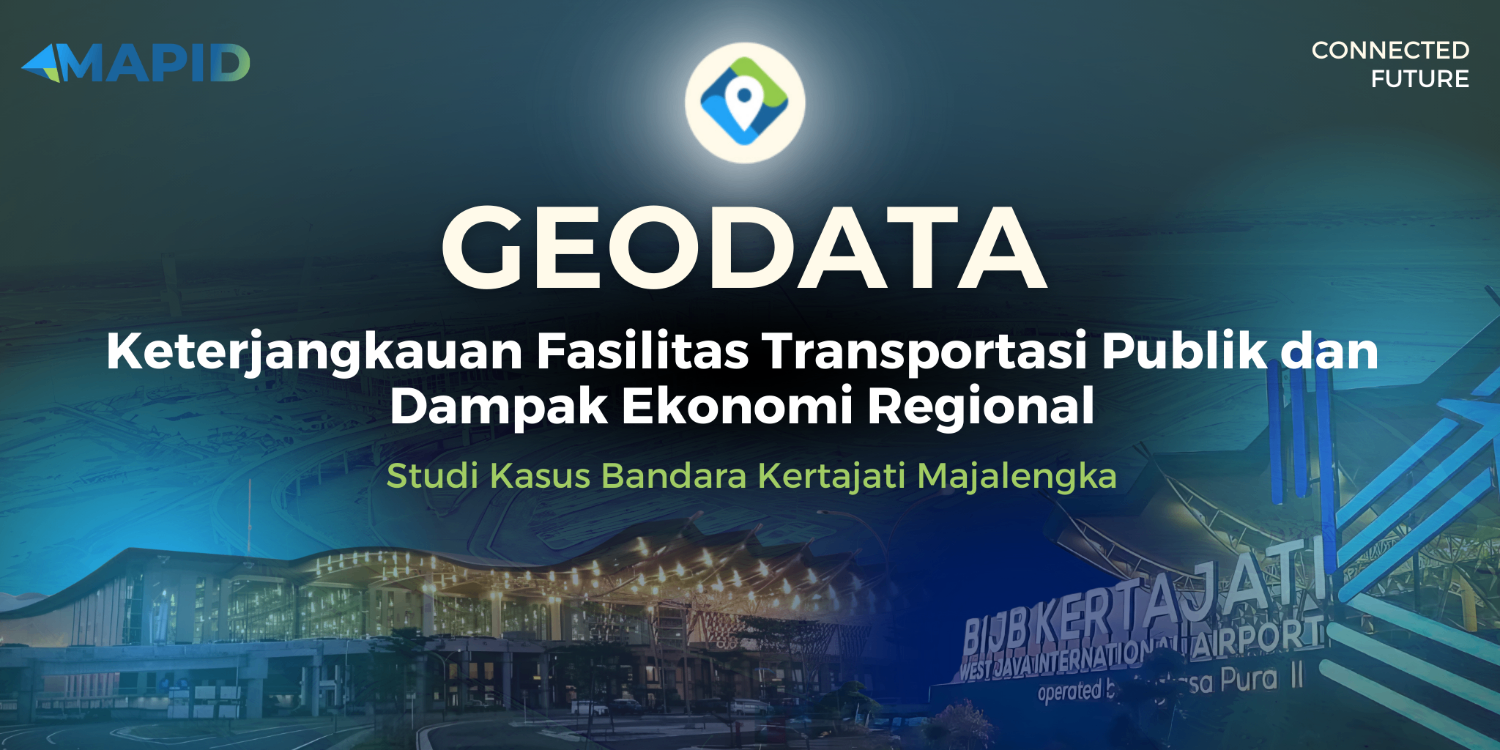Introduction
Sleman Regency is one of the regencies in the northern part of the Special Region of Yogyakarta (DIY). The concept of TOD and sustainable transportation. Sleman Regency has the largest population, representing about 30% of the total population of DIY. Based on the projected results of the 2010 Population Census, the population in Sleman Regency in 2021 will reach 1,136 474.00 million people, this indicates an increase from 2020 which was around 1,125 804.00 million people. The increase in population has led to the urgency of providing public transportation in Sleman Regency so that in carrying out various activities to support community mobility. Efforts to increase the mobility needs of the community are carried out by the Sleman Regency government by providing mass transportation in the form of buses known as Trans Jogja buses. Trans Jogja is a public transportation in the form of a bus that travels around Yogyakarta City, including Sleman Regency. These transportation activities need to be supported by transportation facilities and infrastructure. Required a planning process by way of modeling transportation. Transportation modeling is done by simplifying a road network from a complicated urban road network. A simple road network is a road network that only has a few road sections and several zones of origin and destination. In addition to the transportation modeling, comfort and safety aspects need to be considered, such as the distance to the bus stop, the availability of pedestrian facilities, and good design in transportation facilities. Public transportation is one of the main aspects in improving the choice of public transportation modes
Problem Formulation
Along with population growth, the level of demand for transportation modes continues to increase. This causes the importance of developing urban planning that utilizes mixed land use and the provision of bus stops or stations by prioritizing ease of access. In providing bus stops for land transportation mobility such as Trans Jogja, it is necessary to pay attention to several aspects based on bus stop arrangements in Indonesia which have been regulated in the Minimum Service Standards (SPM) in the Minister of Transportation Regulation Number 10 of 2012. This regulation regulates the standards for providing bus stops in Indonesia, such as : bus stop comfort, bus stop regularity and bus stop affordability both in terms of access to the bus stop and to the destination. Therefore, this study aims to identify the suitability of the bus stop criteria based on the real conditions that exist in Sleman Regency. In addition, in the implementation of the TOD concept, it is applied in the selection of planning route routes that will be passed by Trans Jogja and adapted to the urban planning of Sleman Regency. The choice of the Trans Jogja route is based on the condition of the road network so that this route can pass through and cover all areas in the Sleman district which causes an even distribution of public transportation in the Sleman district.
Method
Based on the existing problems, the method used to analyze bus stop affordability is buffer by identifying the distance between bus stops in Sleman Regency and the ease of access for residents as seen through the proximity of the bus stop to residential areas. Data processing in this research uses quantitative data processing methods in the form of spatial buffer analysis using ArcMap 10.8 software. Apart from that, in terms of mobility access, a spatial analysis is also carried out to see the availability of public facilities around the bus stop.
Discussion

Based on the spatial analysis carried out using the buffer method, it can be seen that most of the Sleman district already has bus stops which indicates that the Trans Jogja transportation flow is running quite well. The areas covered by the Trans Jogja route include Sidorejo Village, Sidomoyo Village, Sidomulyo Village, Sariharjo Village, Penen Village, Turgo Village, Nglingi Village, Donokerto Village, Bangun Kerto Village, Sukoharjo Village, Wedo Martini Village, Condong Catur Village, Maguwoharjo Village, Catur Tunggal Village, Sinduadi Village, Siarum Village, Sidokarto, Sidoagung Village, Sumber agung Village, Minomartini Village, Sendang Arum Village, Ambar Ketawang Village and others. Route selection is based on modes of transportation that have fixed routes. Route selection depends on alternative roads taken, road width, road type.

Based on the spatial analysis using the Heatmap tools, there is one point that has a red color in the Sinduadi area and the majority is blue, the dot is blue, where the classification for the blue color consists of 1 point, the color green consists of 2 points, the color yellow consists of 3 points, the color red consists of 4 more dots.

The Trans Jogja Route is taken from the distribution of the Trans Jogja Route which consists of 6 routes spread across Sleman Regency which are spread out and pass through several sub-districts and are spread over a total of 66 stops on the route. Route selection is based on modes of transportation that have fixed routes. Route selection depends on alternative roads taken, road width, road type.
Affordability analysis between stopping points


Based on Minister of Transportation regulation no. 10 of 2012 level of affordability, distance between bus stops for land use as a busy activity center. This analysis was carried out using distance calculations using the distance toolbox menu by creating lines by forming polylines. Based on the calculation results, the result is that all bus stops spread across several roads have not met affordability in terms of ease of access. The number of distances between bus stops that meet the criteria is 11, while those that do not meet are around 55. The average distance required to access the Trans Jogja mode of transportation is around 800.85 m. This indicates that the affordability between these bus stops is not in accordance with the regulations of the Minister of Transportation so that they do not meet the minimum service standard regulations.
Analysis



Identifying the reachability of bus stops to residential facilities is needed to see the travel affordability from the nearest house to the nearest bus stop location. Based on distance calculations using the distance toolbox menu by creating lines by forming polylines. Based on overall travel distance data, it can be seen that all bus stops meet the criteria for fulfilling the distance from residential areas to the nearest bus stop. The average distance required to access the Trans Jogja transportation mode is around 98.44 m. This identifies that the minimum service standards for transportation access meet the criteria. From the results of this analysis, the radius required to analyze the reachability of bus stops to settlements is around 50-300 meters.
conclusion
based on an analysis of reachability between bus stop points and residential areas, overall it has met the applicable standards. This indicates the affordability of access to transportation modes. However, the reachability distance between one bus stop and another bus stop does not meet the requirements in accordance with Minister of Transportation Regulation No. 10 of 2012 . This causes the maximum implementation of the TOD concept to not yet be fulfilled.


![[GEODATA] Tutupan Lahan Indonesia](https://mapidstorage.s3.amazonaws.com/general_image/mapidseeit/1684312961161_COVER%20GEODATA_%20Tutupan%20Lahan.png)
![[GEODATA] Status Ekonomi dan Sosial (SES) Indonesia](https://mapidstorage.s3.amazonaws.com/general_image/mapidseeit/1693454652933_20230831-085941.jpg.jpeg)






